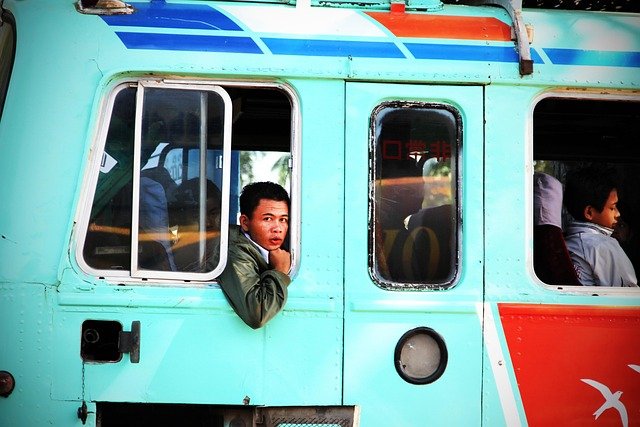Safety Checklist for Passenger Transport Excursions in Urban Areas
Urban passenger transport excursions require clear safety planning across vehicles, routes and guest services. This brief overview highlights core considerations operators and organizers should confirm before departure, from vehicle condition and driver qualifications to accessibility, permits and clear communication with local services.

Urban passenger transport excursions require structured safety checks to protect passengers and staff while maintaining smooth operations. This article presents a checklist-style approach tailored to coach and shuttle services operating in city environments, covering itinerary planning, guided procedures, accessibility, sustainability considerations, and the administrative permits and reservations that affect safe travel.
How does sightseeing safety differ for coach operations?
Safety for sightseeing in urban areas emphasizes frequent stops, pedestrian-dense segments and interactions with local services. Coaches should be inspected for mechanical soundness, functioning emergency exits, first-aid kits and clear passenger briefings. Drivers must be familiar with city-specific traffic patterns and midday congestion, and operators should verify that vehicle size and parking needs match planned scenic stops. Maintaining clear communication with local services—traffic control, venue staff and emergency responders—reduces surprises during short stops or reroutes.
What should an itinerary cover for daytrip and multiday excursions?
A reliable itinerary balances timing with contingency margins. For a daytrip, schedule realistic travel windows between attractions and factor in extra time for loading, restroom breaks and unexpected traffic. Multiday itineraries should include overnight logistics, secure parking, and planned rests for drivers to meet regulation-based hours of service. Always provide passengers with a written itinerary summary and a channel for updates. Confirming reservations at destinations and noting alternative routes improves safety and keeps the schedule adaptable when urban delays occur.
How do guided routes and scenic stops affect safety planning?
Guided excursions introduce additional coordination between guides, drivers and site contacts. Route selection should prioritize well-lit, accessible drop-off points and minimize complex maneuvers where possible. Scenic stops in busy districts require designated pickup/dropoff zones and crowd management plans to prevent boarding delays or unsafe street crossings. Guides should be briefed on emergency procedures and crowd control techniques, and both guides and drivers should carry contact lists for local emergency services and venue coordinators.
What shuttle and excursions logistics need pre-trip verification?
Shuttle-style services and shorter excursions demand tight logistical checks: vehicle capacity limits, seatbelt availability, correct signage, and hygiene supplies. Verify driver licensing, insurance documents and any permits required for commercial passenger services in the city. Confirm loading zones with municipal authorities when necessary and check that shuttle routes avoid construction or restricted streets. Keep manifests or reservation lists to track passenger counts and identify anyone needing special assistance during transfers.
How to assess accessibility and emergency readiness?
Accessibility checks cover ramps, wheelchair securement systems, priority seating and clear paths to exits. Ensure staff are trained in assisting passengers with mobility or sensory needs and that the vehicle’s accessibility equipment is tested prior to departure. Emergency readiness should include an evacuation plan tailored to urban environments, a stocked first-aid kit, AED availability if applicable, and procedures for communicating with passengers in case of delays or incidents. Coordinate with local services for rapid response options when planning routes through dense districts.
How do sustainability, reservations, and permits factor into safety?
Sustainability choices—such as cleaner fuels or optimized routing—can reduce vehicle downtime and the risk of breakdowns related to idling or inefficient operation. Confirm reservations for loading bays and timed entries to avoid unscheduled waiting that contributes to congestion. Verify all regulatory requirements, including city permits for commercial excursions and temporary parking authorizations. Keeping documentation current and visible helps inspectors and local officials confirm compliance, reducing the chance of enforcement actions that could interrupt passenger safety and comfort.
Conclusion
A thorough safety checklist for urban passenger excursions combines vehicle readiness, informed itinerary planning, trained personnel and close coordination with local services. Attention to accessibility, sustainability and the administrative elements of reservations and permits strengthens operational resilience and helps protect passengers throughout both daytrip and multiday journeys.





